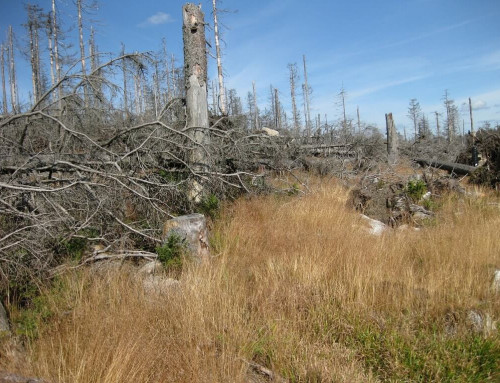
There is a link between population and resources. Image credit Flickr.com
ZIMSEC O Level Geography Notes:Population and resources:Population and resources
- There exists a complex relationship between population, resources and the environment.
- Population issues are central in any country’s programs that seek to eradicate poverty and diseases as well as sustain economic growth, development and healthy environment.
- Rapid population growth rates in developing regions of the world have seen severe resource degradation in those areas.
- Population growth rates therefore have a direct influence on the availability and use of resources such as vegetation, water, land and minerals.
- The larger the population the higher the demand on resources and the greater the impact on the local environment.
- An optimum population is when the population in an area effectively utilizes the available resulting in the highest standard of living and quality of life for that majority of the area’s citizens.
- The optimum population can be large or small in an area depending on the level of technology which determines the efficiency with which resource utilization takes place.
- When the available resources fail to sustain the population of an area, the area is said to be overpopulated.
- Overpopulation-is when the population of an environment by a particular species (humans in this instance) is in excess of the environment’s carrying capacity.
- Overpopulation is also influenced by the level of technology among the said population.
- An overpopulated area is often characterized by environmental degradation,widespread poverty, malnutrition, disease, famine, overcrowding and massive emigration.
- For example, the Sahel region of north and western Africa.
- When available resources in an area are more than the existing population can utilize, the area is said to be underpopulated.
- Underpopulated areas are characterised by high standards of living, surpluses, high incomes, high technology and high rates of immigration.
- Examples are Canada and Sweden.
- While rapid population growth would not have adverse effects on underpopulation areas, it has devastating effects on overpopulated areas.
- This usually results in massive land degradation, overgrazing, deforestation, erosion and siltation as well as increased desertification.
- Rural communities of developing countries in their search for food, water, fuel and grazing have cut down trees fasters than they are being planted.
- Farmed marginal and sensitive environments, depleted water supplies and overgrazed pasture lands have all resulted in severe degradation of the land.
- Two- thirds of the African continent is either desert or semi desert while 73% of its agricultural land is degraded.
| Overpopulation | Underpopulation |
|---|---|
| The population exceeds the carrying capacity of the environment | The population is under the carrying capacity of the environment |
| Results in Environmental degration | There is positive influence on the environment |
| Widespread Poverty | Low levels of poverty |
| Widespread famine | Adequate food supply |
| Diseases such as typhoid due to poor sanitation | Disease spread is easily controllable |
| Overcrowding | Ample space for inhabitants |
| Lack of housing | Adequate housing |
| Massive emigration | Immigration |
To access more topics go to the O Level Geography Notes page



